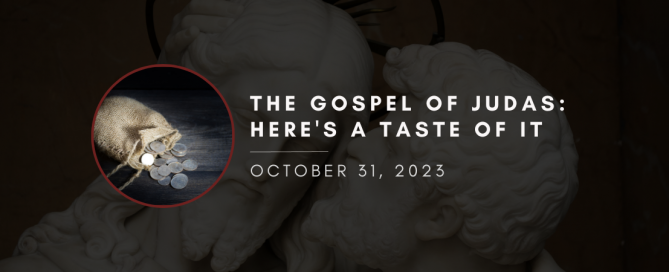Early Christian Apocrypha
Other “Unknown” Sayings of Jesus
Here are now some more “agrapha” (sayings of Jesus not found in any of the surviving Gospels; I say more about "agrapha" in the previous post). These ones are found in writings of church fathers, who appear to have had access to Gospels unavailable to us, or at least to have heard non-canonical sayings of Jesus in some other way. (You will be able to find info on each church father/writing mentioned pretty easily online) ***************************** Papias (according to Irenaeus Against Heresies 5. 33. 3-4) Thus the elders who saw John, the disciple of the Lord, remembered hearing him say how the Lord used to teach about those times, saying: “The days are coming when vines will come forth, each with ten thousand boughs; and on a single bough will be ten thousand branches. And indeed, on a single branch will be ten thousand shoots and on every shoot ten thousand clusters; and in every cluster will be ten thousand grapes, and every grape, when pressed, will yield twenty-five measures of wine. [...]



